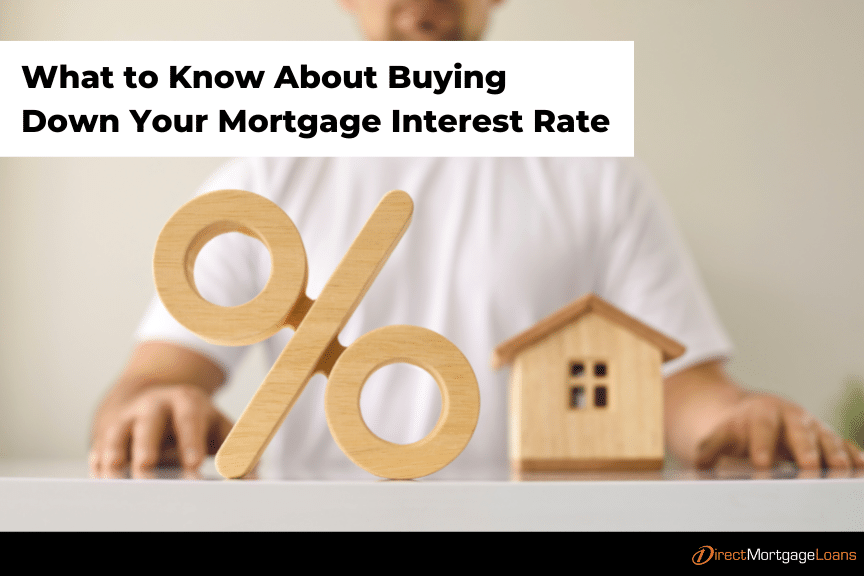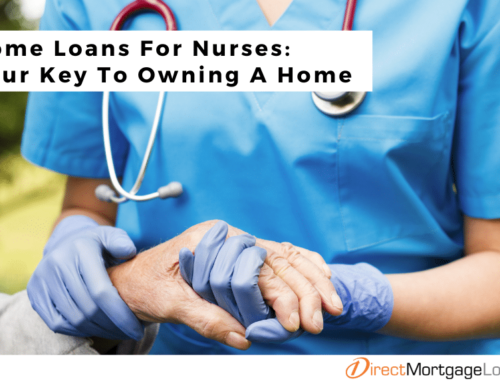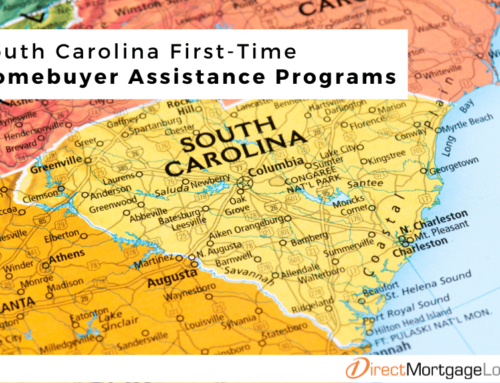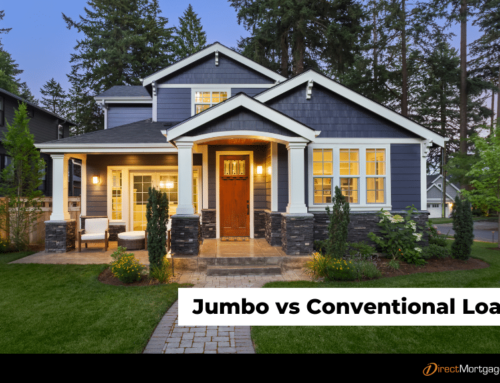The real estate market can be a minefield of terminology, but one key phrase that potential homeowners should familiarize themselves with is the “mortgage rate buy down.” This strategy offers an effective way to reduce the cost of your monthly mortgage payments, especially in the early years of your loan term.
A mortgage rate buy down works by allowing the borrower or the seller to prepay mortgage interest points to decrease the interest rate and, consequently, the monthly mortgage payments.
Interest rates can drastically affect the cost of your mortgage. Buying down your mortgage rate is an effective way to save money on your monthly payments and reduce the amount of interest you pay over the life of the loan. In this guide, we’ll explain what it means to buy down a mortgage rate, how it works, and when it may be beneficial for you.
Subscribe to our blog to receive notifications of posts that interest you!
What does buying down mortgage rate mean?
The process of buying down your mortgage rate involves paying an extra upfront fee to your lender at closing to secure a lower interest rate and monthly payment for the entire length of your mortgage. Otherwise known as, buying “mortgage points” or “discount points.”
Interest rates are determined by a variety of factors including the current market condition, and your credit score. Moreover, if you’re willing to make an initial lump sum payment, you may be able to buy a lower interest rate.
How does buying down your mortgage interest rate work?
During the home loan application process, you will be able to buy down your interest rate. It requires an out-of-pocket fee for mortgage discount points at closing. In essence, these points reduce your interest rate as they are prepaid interest.
Is it worth it to buy your rate down?
Buying down the interest rate on your mortgage loan could significantly lower your monthly payments, reduce the overall amount of interest you will pay over the life of the loan, and help reduce your debt-to-income ratio. Furthermore, it can help save you money in the long run and make your mortgage payments more manageable.
However, it’s important to ask and answer the following questions early in the process to decide if this will be beneficial to you!
- Consider how long you intend to keep the property and mortgage.
- What is the cost to lower the rate to a certain level?
- Determine the break-even period (the amount of time it will take to recoup the upfront cost.)
- Do you have extra cash reserves that could be paid at closing?
How much does one discount point cost?
The cost to buy down an interest percentage point depends on the amount of your loan and the type of loan. Specifically, one mortgage point is equal to 1% percent of the total loan amount. For example, on a $500,000 mortgage, 1 point would cost you $5,000 at closing ($500,000 making the cost of your mortgage point $5,000).
How many points can you buy down the interest rate?
There is no set limit for how many mortgage points you can purchase, but most lenders limit borrowers to four points. Due to state and federal limitations, there are restrictions on the amount a borrower can pay in closing costs on a mortgage. Additionally, there may be a slight difference in the number of points you can purchase depending on the state you’re looking to buy in.
How much does 1 discount point lower your interest rate?
A discount point, not to be confused with buying down an interest rate percentage point, allows the borrower to reduce their monthly payments by purchasing a lower interest rate.
In terms of discount points, there is no fixed amount that will lower the rate. Depending on the lender, type of loan, and current mortgage rates, discount points have different effects.
If the buyer wants to reduce the rate 1 full interest rate point, it will likely cost them between 1 to 2+ points, depending on their credit score, loan-to-value, loan type, etc. In this case, you divide the cost of buying down the rate by the monthly savings amount.
Comparison of Mortgage Payments
The breakeven point is an important consideration when determining whether you should buy down your interest rate. Your breakeven point is the amount of time it will take to recoup the cost of the discount points required to lower your interest rate.
For example, to compare mortgage payments on a $300,000 loan at 7% vs 6%, find the difference in the principal and interest payment.
-
-
$300,000 loan at 7% – P&I = $1996/month
-
-
-
$300,000 loan at 6% – P&I = $1799/month
-
___________________________________
Difference of $197/ month
To calculate the breakeven point, divide the cost of points by the monthly savings once you have found the difference between the two mortgage payments. Based on this calculation, it will take you approximately 15 months to recoup your costs with an annual savings of $2,364.
If this seems like a big algebra class, leave it to our team of licensed mortgage professionals to crunch the numbers and to discuss the different loan scenarios that make sense for you!
Find A Mortgage Loan Officer Near You!
What is a 2-1 Buydown?
Among the popular buy down structures is the 2-1 buydown. In a 2-1 buydown, your interest rate and monthly mortgage payment are reduced for the first two years of your loan term.
Although the term may sound complex, the 2-1 buydown is actually straightforward. In the first year of the loan, the interest rate is reduced by 2% below the agreed rate, while in the second year, it’s reduced by 1%. From the third year onwards, the interest rate reverts to the original rate agreed upon with the mortgage lender. This can offer significant savings in the initial stages of the mortgage.
What Are the Pros and Cons?
It’s important to consider the pros and cons of a mortgage rate buy down. On the pro side, a buy down can help manage your finances by reducing your initial monthly mortgage payments. This is particularly useful for borrowers who expect their income to increase in the future, aligning their mortgage payments with their projected financial growth.
On the con side, a buy down can lead to higher costs over the long run, as you’re essentially prepaying interest. Also, the 2-1 buydown is typically only available on fixed-rate mortgages, limiting its applicability if you’re interested in a different type of mortgage.
What is a Temporary Buydown?
A temporary buydown is a mortgage financing technique where the borrower, or possibly the seller or builder, places cash into an account to temporarily reduce the mortgage interest rate for the initial years of a loan term. This effectively lowers the borrower’s monthly mortgage payments in the early years of the mortgage.
The money in the account is used to supplement the borrower’s payments, meaning the interest rate reverts back to the standard rate as the funds are exhausted. This strategy is typically utilized by borrowers who anticipate an increase in their income in the future, allowing them to afford higher payments as the buydown period ends.
Connect With A Direct Mortgage Lender To Learn More
Your choice of mortgage lender plays a crucial role in this process. It’s essential to work with a lender who is not only willing to explain these options to you in detail, but also one who offers competitive rates and terms on their mortgage products. Understanding the nuances of a mortgage rate buy down can be complex, but with the right lender, you can make the best decision for your unique financial situation.






Leave A Comment
You must be logged in to post a comment.